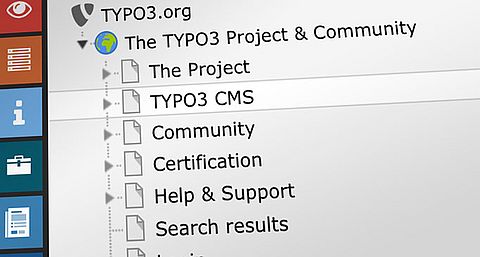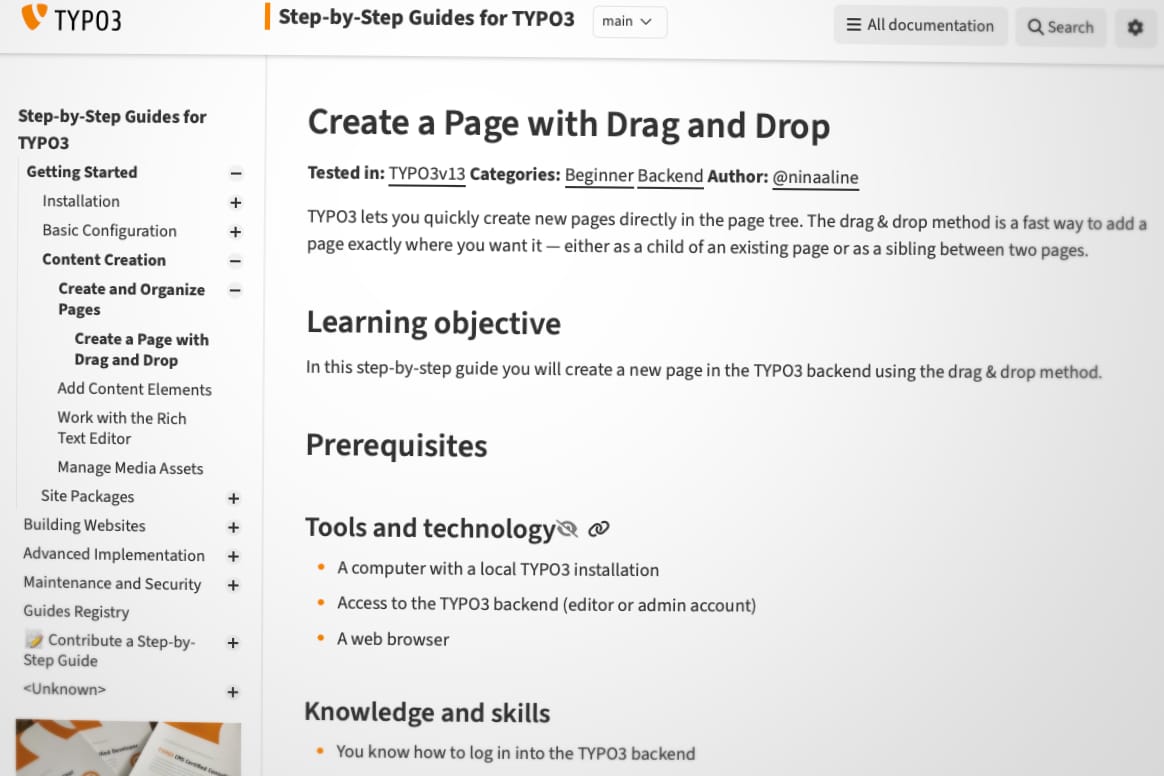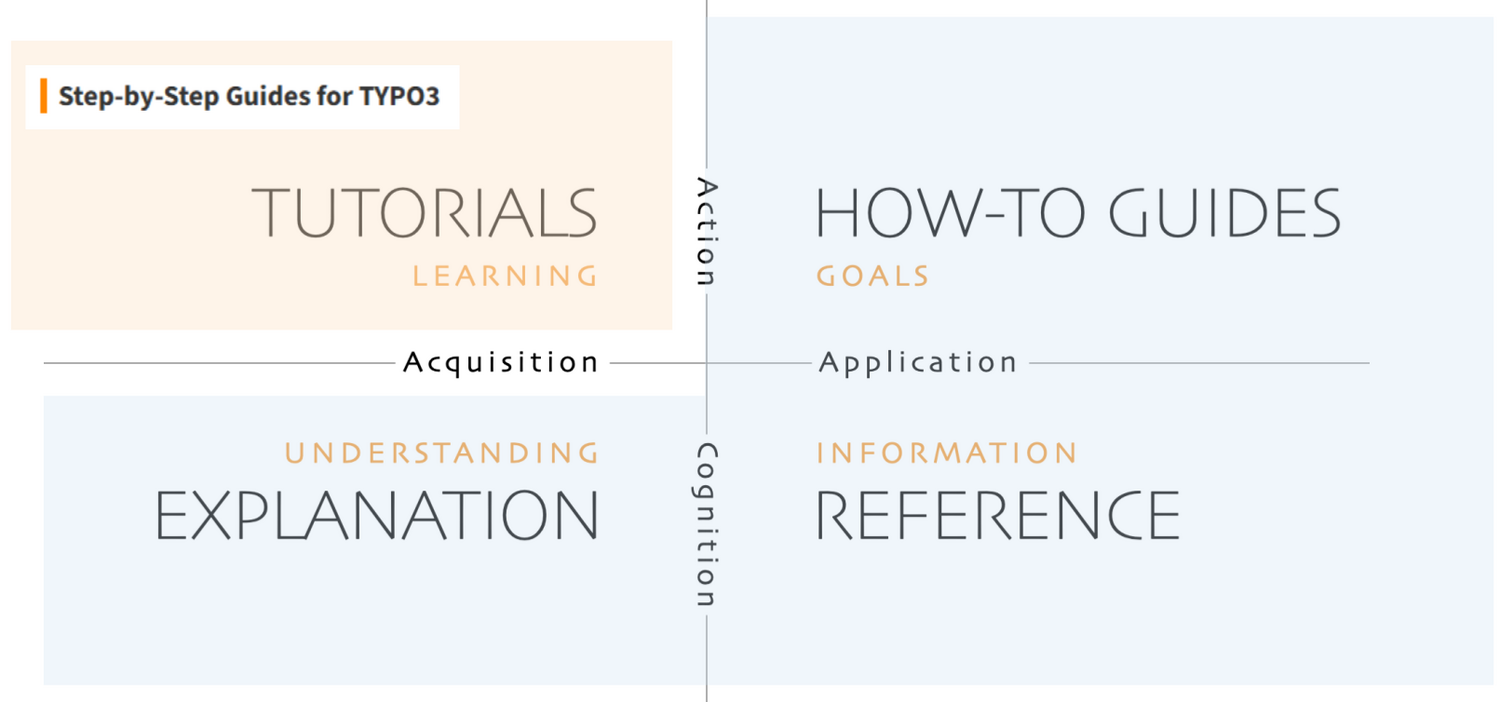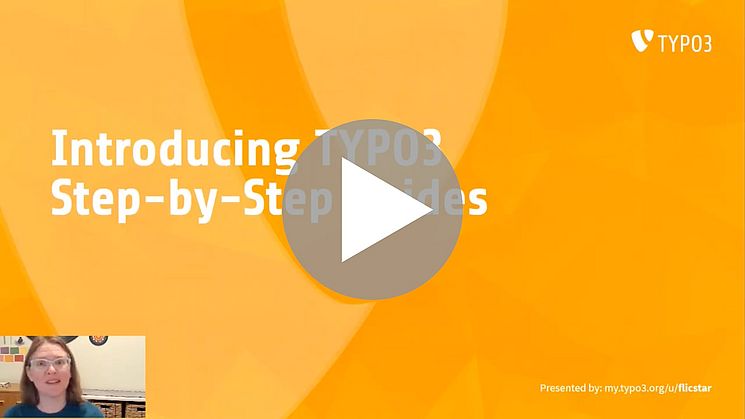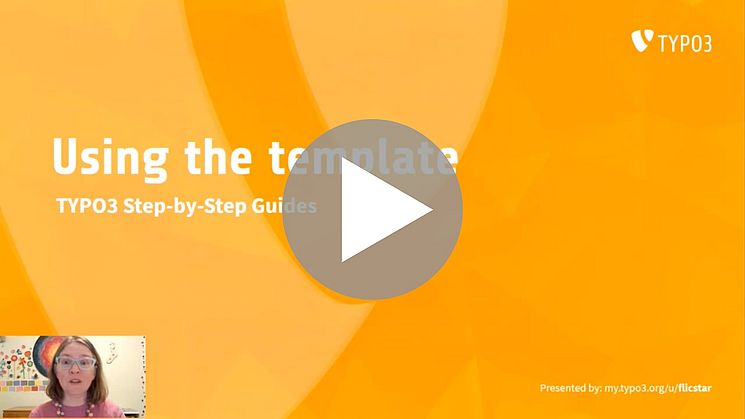Step-by-Step Guides is a simple concept created for TYPO3 by documentation experts, based on a need faced by the TYPO3 Community Expansion Committee: Practical exercises for learning on your own, with a mentor, or in a classroom. You may also recognize the need from your own work.
Practical Exercises for Learning
How do you make new employees productive quickly? How do you know which skills are essential right now and which ones you can teach later? These are central questions, not only when onboarding juniors into an agency, but also when the Community Expansion Committee teaches local web developers how to build government websites in the Global South.
The TYPO3 Onboarding Curriculum was the committee’s first outcome: A lesson-by-lesson training program outline, ready to be adapted and used for their training. But it only defines prerequisites and goals for each lesson. Between itself and the exhaustive TYPO3 documentation, it lacks instructions on what to teach and how. Step-by-Step Guides solve this problem, and we think they can help anyone learning or teaching TYPO3.
Because they are modular, each guide stands alone. But they can also be composed: Multiple guides together can form larger tutorials or workshops. This makes them flexible for both self‑led learning and organized curricula.
Step‑by‑Step Guides: Single Goal and Clear Actions
The Step-by-Step Guides are designed for action — to help newcomers and intermediates accomplish tasks directly, and to do so reliably.
Shaped as guided walkthroughs, you do the work as you read, so it’s not just observing or reading theory. The goal is to enable someone to follow along and reach a successful, repeatable result.
The guides are inspired by the Diátaxis framework, which separates documentation types into categories like tutorials, how‑tos, reference, etc. In this framework, step‑by‑step guides align with the tutorials style: structured, sequential, and focused on doing.

